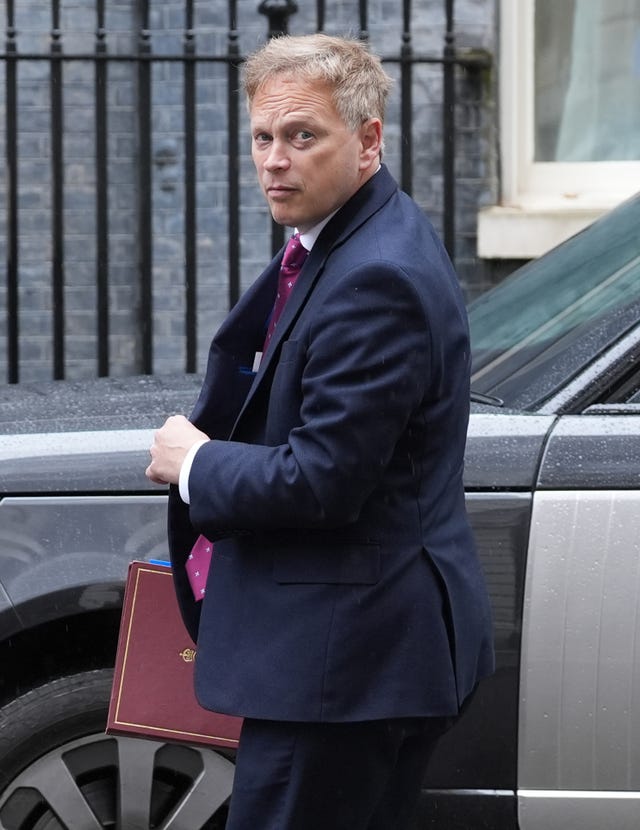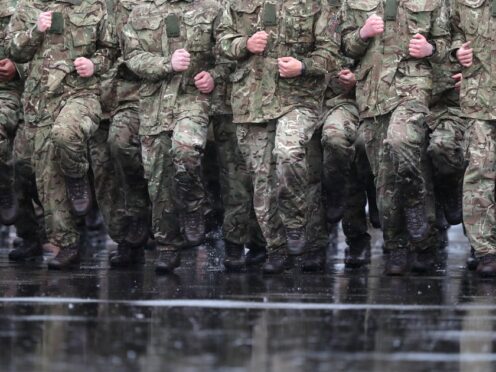Labour has criticised the Government for allowing Army numbers to fall below its target figure for the first time.
Shadow defence secretary John Healey said “our forces can’t afford five more years of the Tories”, after Ministry of Defence (MoD) personnel statistics showed soldier numbers dropping below the 73,000 target.
The Government’s defence plans include reducing the size of the regular Army from a commitment of 82,000 troops to 73,000 by 2025 – down from 97,000 a decade ago.
The Tories have already cut the Army to its smallest size since Napoleon, now they’ve allowed soldier numbers to slump below their own target strength.
Our Forces can’t afford five more years of the Tories. Britain will be better defended with Labour.https://t.co/OsEUn7iK8A
— John Healey (@JohnHealey_MP) May 30, 2024
But the data released on Thursday showed that numbers had dipped even further, to 72,510, in April.
Troop numbers fell by 2,320 over the past year, from 74,830 in April 2023, according to the quarterly figures.
The numbers relate to personnel who are “full-time trade trained” and ready for deployment.
Mr Healey said on social media site X, formerly Twitter: “The Tories have already cut the Army to its smallest size since Napoleon, now they’ve allowed soldier numbers to slump below their own target strength.
“Our forces can’t afford five more years of the Tories. Britain will be better defended with Labour.”
The shrinking size of the Army and recruitment issues have raised concerns about the capabilities of the British military in what Defence Secretary Grant Shapps has called a “pre-war world”.
A former head of the armed forces, Lord Stirrup, last week told Parliament that the “outflow from the Army far exceeded the intake” last year and that many would-be recruits “gave up” because “the process takes far too long”.
Ministers have failed to hit their recruitment targets in every year since 2010.

Prime Minister Rishi Sunak has committed to increasing defence spending to 2.5% of gross domestic product (GDP) by 2030.
Labour has said it would meet the target when economic conditions allow.
An MoD spokesperson said: “Recruitment and retention are a priority for the armed forces and they continue to implement a number of measures to improve it for both regular forces and the reserves.”
Defence Secretary Grant Shapps said: “We will take absolutely no lectures from Labour on defence when Keir Starmer and his team tried to make a man who wanted to abolish our armed forces, scrap our nuclear deterrent and withdraw from Nato prime minister, twice.
“In fact, 11 Labour frontbenchers including the shadow foreign secretary and shadow deputy prime minister called for Britain to scrap its nuclear deterrent.
“Now they are refusing to back our plan to increase defence spending to 2.5% of GDP by 2030.
“The choice at this election is clear: a clear and bold plan to cut taxes whilst also delivering a plan to make the UK the largest defence power in Europe to protect our national security under Rishi Sunak.
“Or going back to square one with the same old Labour Party, who will hit hardworking families with punitive tax rises and never put our national security first.”
